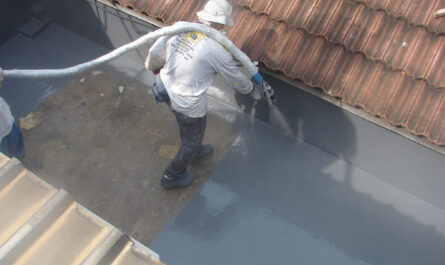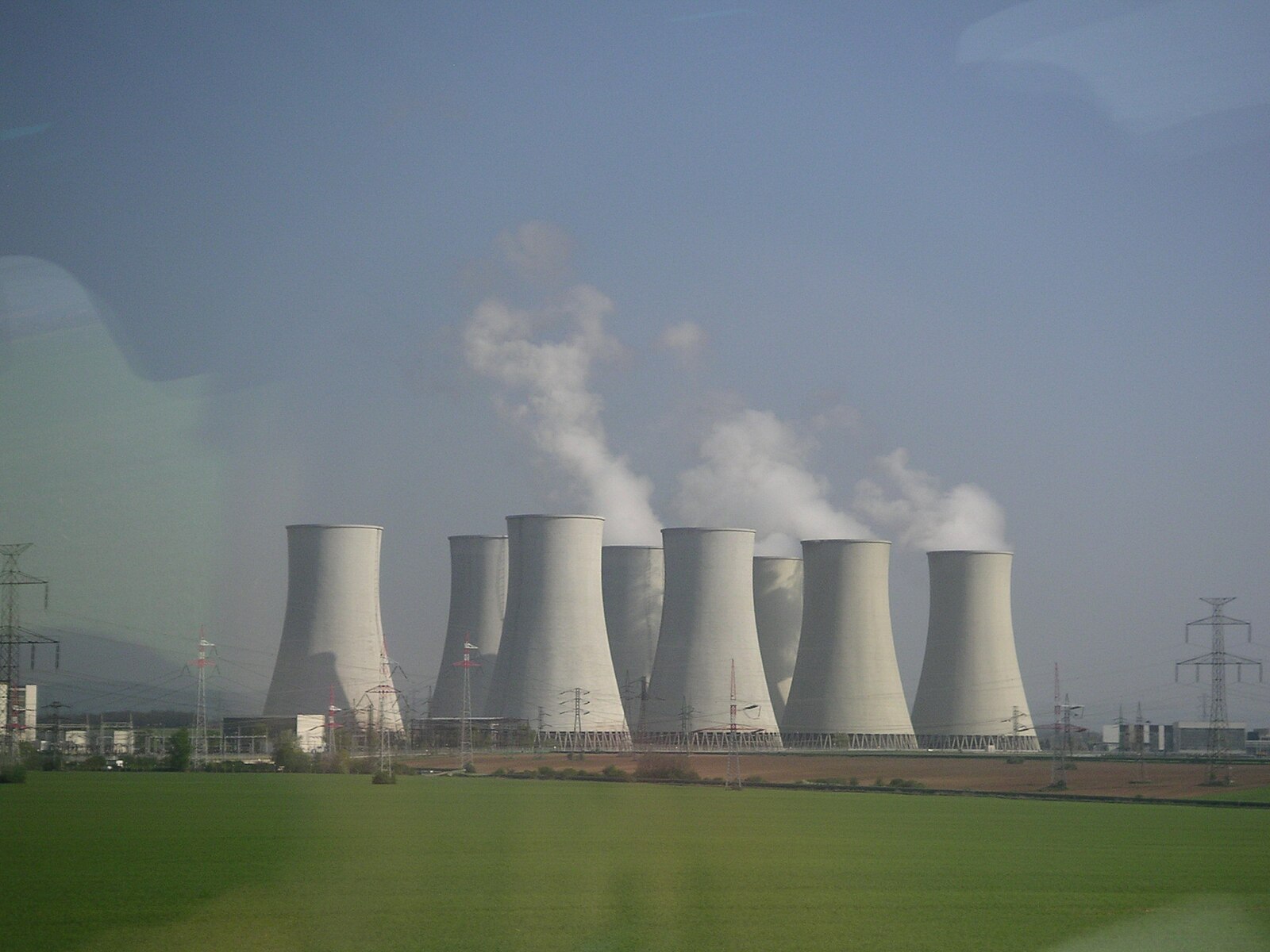What are Carbon Prepregs?
Carbon Prepregs, commonly referred to simply as prepregs, are sheets of carbon fibers that are pre-impregnated with a thermosetting polymer resin. The polymer resin used is typically an epoxy, vinyl ester, phenolic or polyimide. The resin acts as a binder which holds the carbon fibers together once it is cured. Prepregs offer key advantages over dry carbon fiber weaves or traditional composite layups by ensuring consistent resin distribution and fiber volume fraction throughout the final part or component.
Manufacturing Process of Carbon Prepregs
The manufacturing process of Carbon Prepregs is fairly straightforward but precise. First, carbon fibers are woven into the desired fiber architecture like unidirectional tapes, woven fabrics or multidirectional non-crimp fabrics. These fibrous sheets are then passed through a series of rollers where they are impregnated or coated with a liquid thermosetting polymer resin. The amount of resin applied is carefully controlled to achieve the optimum resin content, usually around 30-50% by weight. Excess resin is squeezed out during this prepregging process to avoid resin rich or starved regions. The prepreg sheets are then rolled onto large spools under controlled heating processes to partially cure or B-stage the resin. This forces the viscosity low enough to conform to shapes during manufacturing but prevents the final cure stage from taking place. The spooled prepregs can be stored at low temperatures for several months until needed for fabrication.
Applications of Carbon Prepregs
Given their excellent mechanical properties and ability to be molded into complex aerodynamic contours, Carbon Prepregs are hugely popular in the aerospace, automotive, marine, wind energy and other advanced industries. Some key applications of carbon prepregs include:
– Aircraft Structures – Carbon prepregs are extensively used to fabricate both primary and secondary structural components in commercial and military aircraft. Key are wings, fuselage panels, horizontal and vertical stabilizers.
– Automotive Body Panels – High performance sports cars increasingly use carbon fiber body panels, roofs and bulkheads for their lightweight yet great strength and stiffness.
– Marine Components – Racing yachts, motorboats and other watercraft take advantage of carbon prepregs for hulls, superstructures and hydrofoils to achieve better speed, maneuverability and fuel efficiency.
– Wind Turbine Blades – Thanks to their high tensile strength and fatigue resistance, carbon prepregs are the material of choice for manufacturing wind turbine blades up to 100 meters in length.
– Pressure Vessels – Carbon prepregs are well-suited for manufacturing compressed natural gas fuel tanks, high pressure pipes and other pressure vessels that need to be lightweight yet very durable.
– Bicycles – Premium bicycles, especially for road and time trials extensively use carbon prepregs from the frame to wheels and even components like seat posts for their strength to weight benefits.
Advantages of Using Carbon Prepregs
The primary reasons why carbon prepregs are so widely adopted in industries that demand high performance materials include:
– Consistency – Preimpregnation ensures consistent distribution of resin between fibers which provides predictability and repeatability during fabrication.
– Diminished Voids – The precise resin content and prepregging process leads to minimal voids or defects in the final composite part, translating to enhanced and reproducible mechanical properties.
– Dimensional Stability – Carbon prepregs maintain their shape and size better than dry fabrics during molding or curing processes, easing manufacturing.
– Complex Shapes – Being semi-cured, prepregs can easily be laid up or formed onto intricate molds and contours to produce aerodynamic composite parts.
– Automation – Robotic lamination processes have become quite common for carbon prepregs to yield high production rates consistently meeting quality standards.
– Strength-to-Weight – Finished carbon fiber parts made from prepregs deliver best-in-class strength-to-weight ratios for multifunctional lightweight benefits in performance applications.
Composite Manufacturing Using Carbon Prepregs
A layup of carbon prepreg sheets on a mold surface is called a laminate. Manufacturing of composite parts via prepregs uses a combination of the following processes:
– Layup – Carbon prepreg plies are cut to shape and layered on tooling per the design stacking sequence.
– Compaction – A vacuum bag or autoclave is used to apply pressure and evenly consolidate the prepreg laminate, squeezing excess resin while maintaining fiber volume.
– Curing – Application of controlled heat with pressures accelerates the polymerization of resin typically in an autoclave. This finishes curing the B-stage prepreg to its final thermoset state.
– Trimming & Finishing – Once cured, the composite part is removed from the tool. Extra material is cut away and finishing steps like abrasives applied to achieve desired surface quality.
– Non-Destructive Testing – Various NDT methods like ultrasonic C-scan are used to ensure part quality and integrity by detecting defects if any.
Carbon Prepregs deliver unparalleled performance benefits in structural composites for aerospace, motorsports and industrial sectors. Their specific attributes make them indispensable materials for manufacturing advanced high strength parts where weight savings and design flexibility are key drivers.



